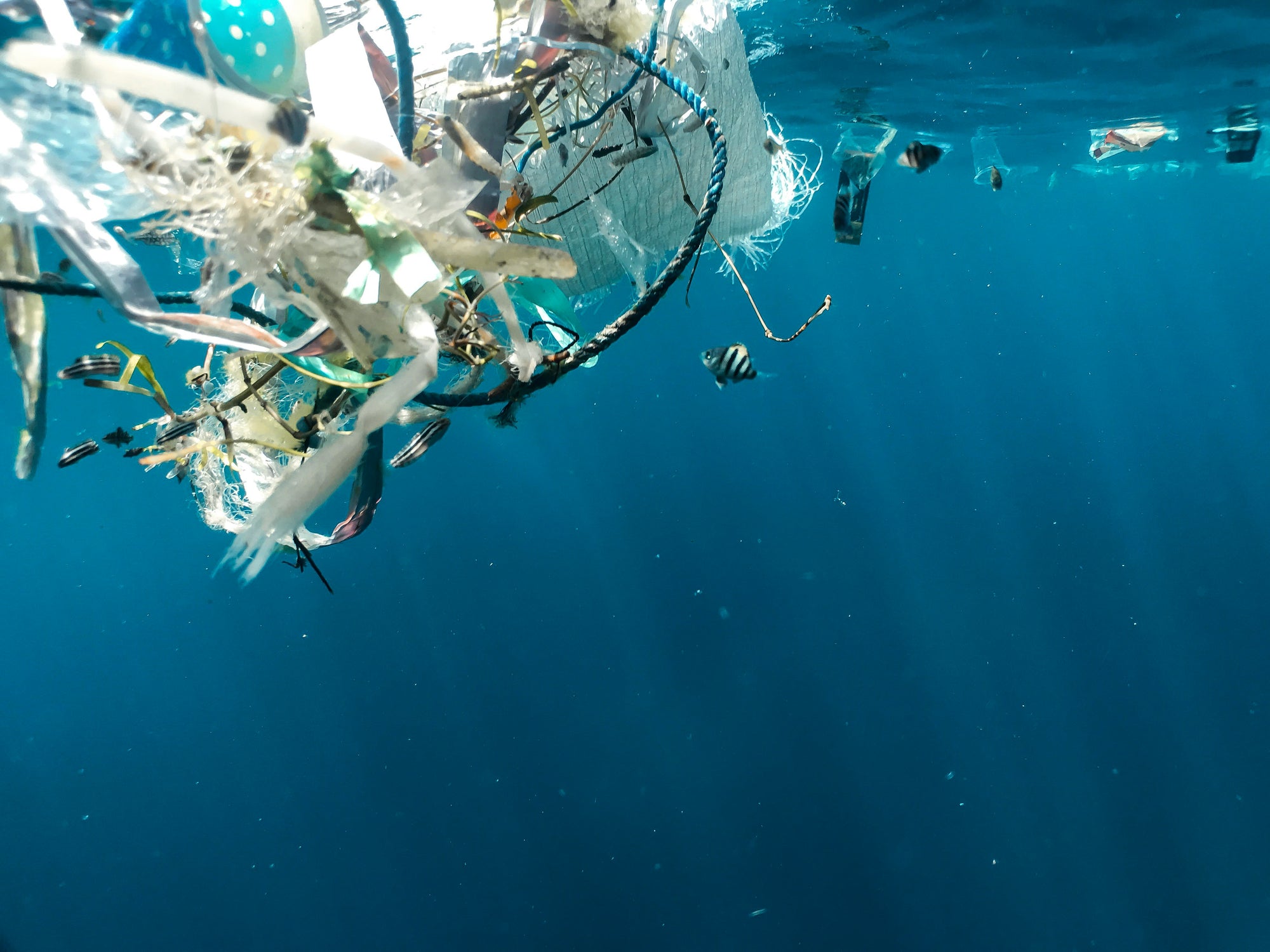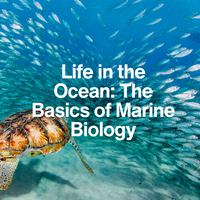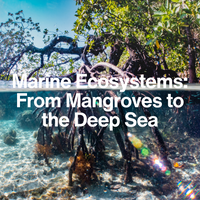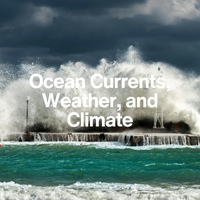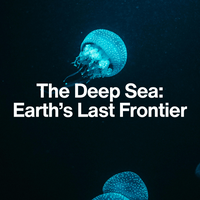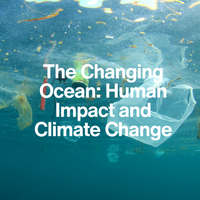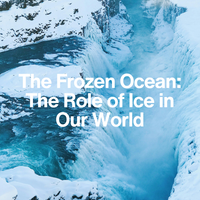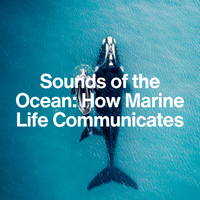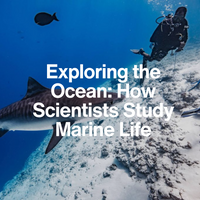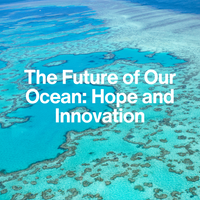LESSON 2
Overfishing and Bycatch: What Happens When We Take Too Much?
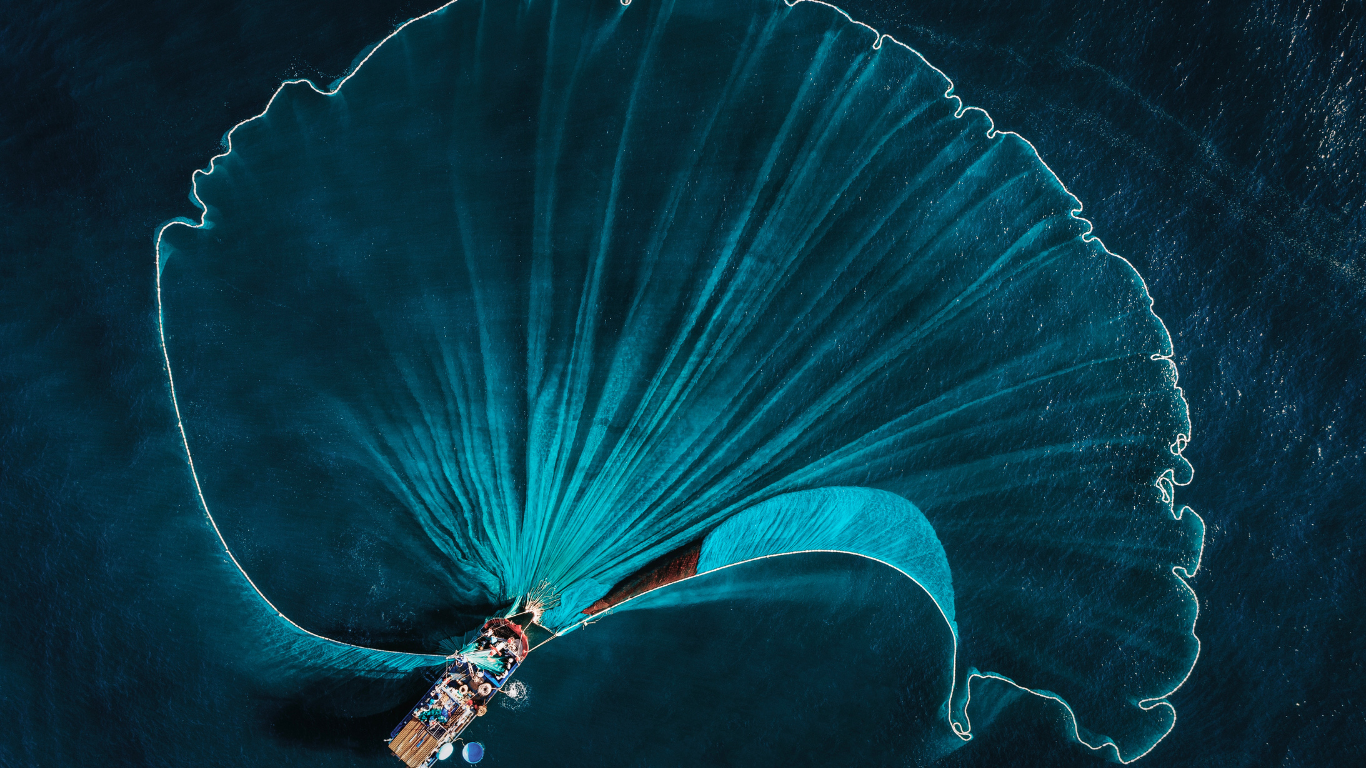
Introduction:
The Balance Beneath the Waves
The ocean is often seen as an endless source of fish, but this idea couldn't be further from the truth. Modern fishing practices have outpaced the ocean’s natural ability to replenish its life. Overfishing occurs when fish are caught faster than they can reproduce, while bycatch refers to the unintended capture of non-target species—like dolphins, turtles, and seabirds.
Together, these pressures are dramatically reshaping marine ecosystems. In this lesson, we’ll explore how overfishing and bycatch are pushing many ocean species to the brink—and what it means for the health of the entire ocean food web.
1. Overfishing: Taking Too Much, Too Fast
Overfishing happens when we extract more fish from the ocean than can be naturally replaced. With modern industrial fleets, some fish populations have collapsed under intense pressure.
What's driving it?
- High global demand for seafood—especially popular species like tuna, cod, and salmon.
- Advanced fishing technologies such as sonar, huge trawling nets, and factory ships allow for massive, efficient catches.
- Weak regulation and enforcement, leading to unsustainable quotas or illegal fishing practices in many regions.
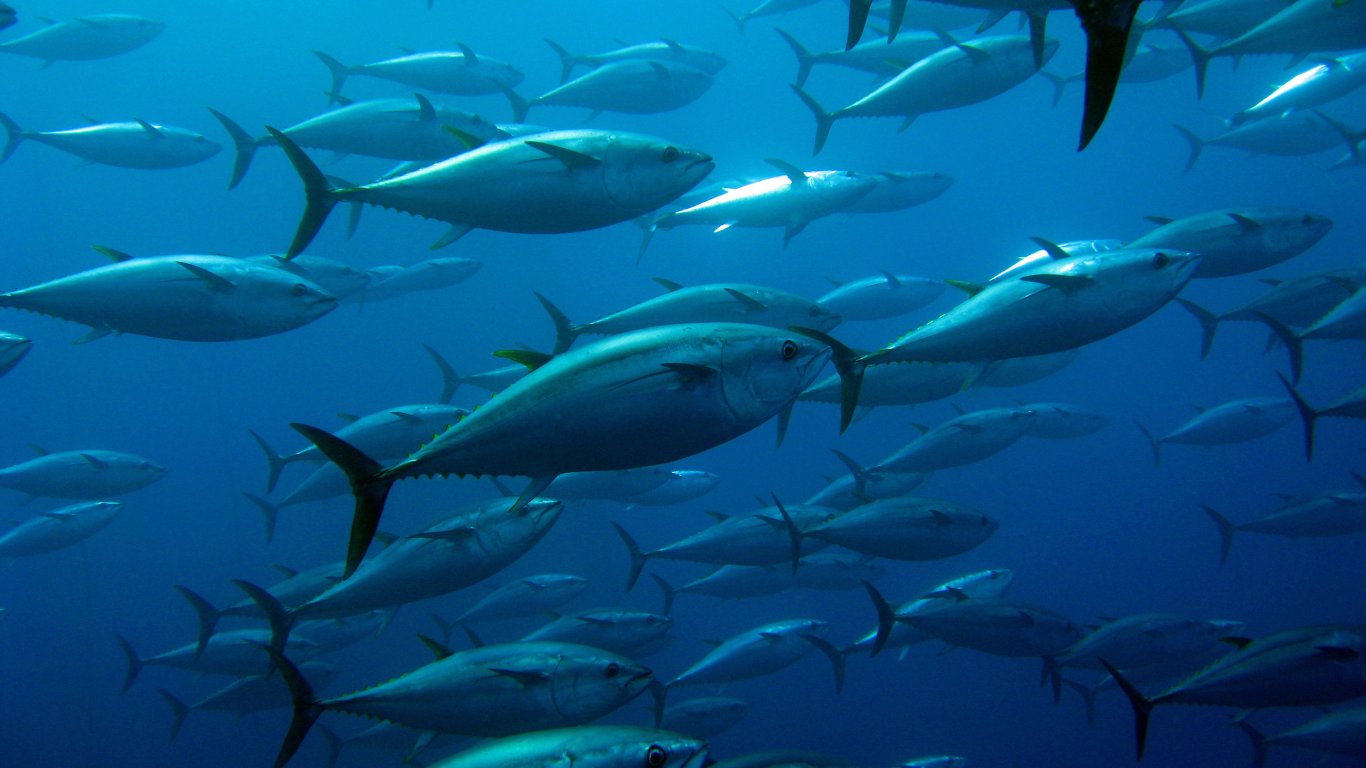
Did you know?
Over one-third of global fish stocks are being overfished—an all-time high according to the UN’s Food and Agriculture Organization.
2. Bycatch: Ocean Life Caught in the Crossfire
Bycatch refers to animals caught unintentionally in fishing gear—creatures that weren’t the target but get swept up anyway.
What's driving it?
- Non-selective fishing gear: Trawlers sweep up everything in their path; longlines stretch for miles and hook anything that bites; gillnets trap anything that swims into them.
- Focus on efficiency, not ecology: Industrial fishing often prioritizes large catches over sustainability or species safety.
- Lack of safeguards or incentives to reduce bycatch in many global fisheries.

Did you know?
Bycatch accounts for up to 40% of global marine catch—meaning nearly half of what’s pulled from the sea isn’t even the intended target.
3. Solutions: Fishing Smarter and More Sustainably
The good news? Overfishing and bycatch are problems we can solve with better practices, policies, and awareness.
What’s Driving Progress?
- Marine Protected Areas (MPAs) provide safe zones where fish can reproduce and populations can recover.
- Science-based regulations like catch limits, seasonal closures, and size restrictions help maintain healthy stocks.
- Selective fishing gear such as turtle excluder devices, circle hooks, and bycatch-reduction technology.
- Informed consumer choices, including buying seafood certified by MSC, ASC, or other trusted sustainability labels.
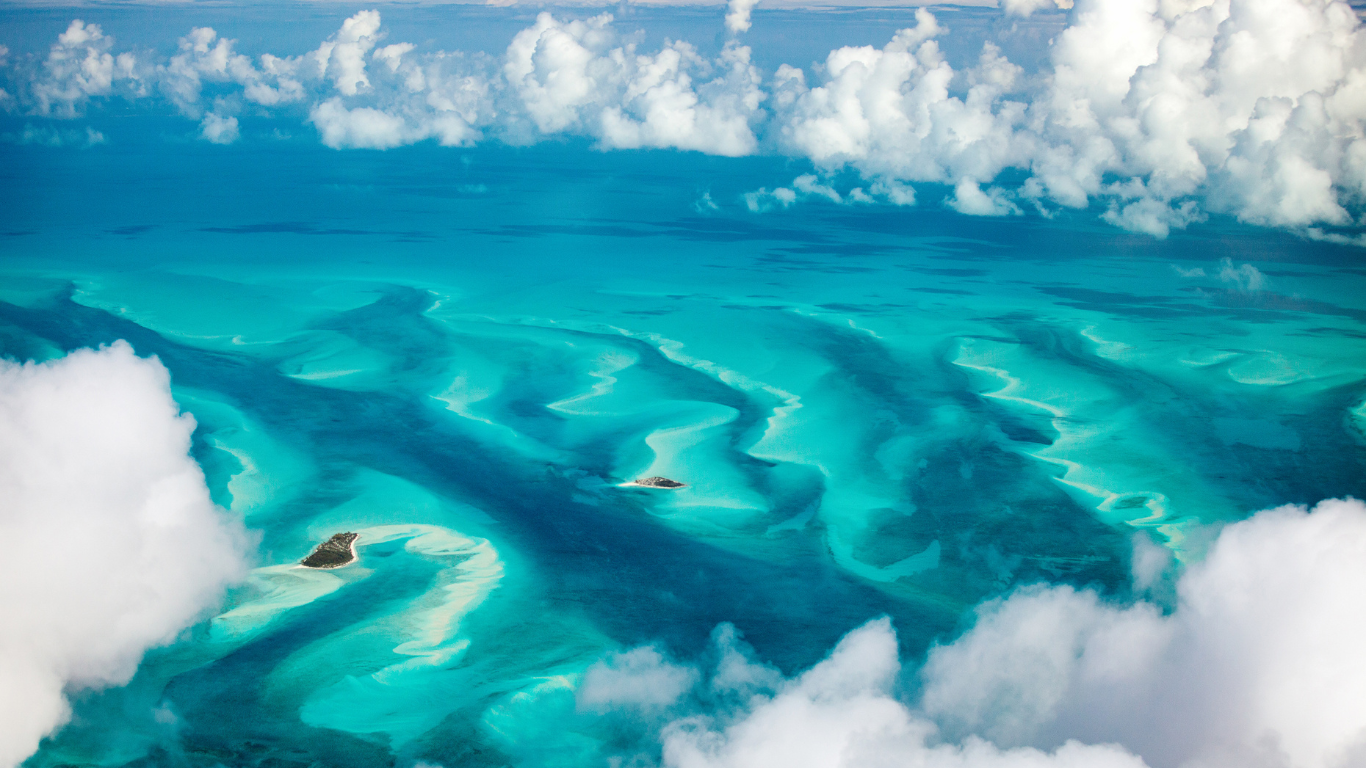
Did you know?
In some well-managed MPAs, fish populations have increased by 400% in just a few years.
Conclusion
Sharing the Ocean Responsibly
The ocean isn't limitless. Every fish taken, every creature accidentally caught, changes the balance beneath the waves. But with smarter practices, better policies, and conscious consumer choices, we can reverse the damage.
Overfishing and bycatch aren’t just problems for scientists or governments to solve—they’re issues that touch every seafood meal, every marine ecosystem, and every future generation. Let’s make sure the ocean stays full of life, not just empty nets.
Key Takeaways:
Overfishing occurs when fish are caught faster than they can reproduce, leading to species decline and ecosystem collapse.
Bycatch is the accidental capture of marine life and poses a major threat to non-target species like turtles, dolphins, and seabirds.
Solutions include protected areas, catch limits, selective gear, and responsible seafood choices.
NEXT LESSON
Plastic Pollution – How the Ocean Became a Dumping Ground
We explore how the world’s most useful material became one of the ocean’s biggest threats—from floating garbage patches to microplastic in marine food webs.
